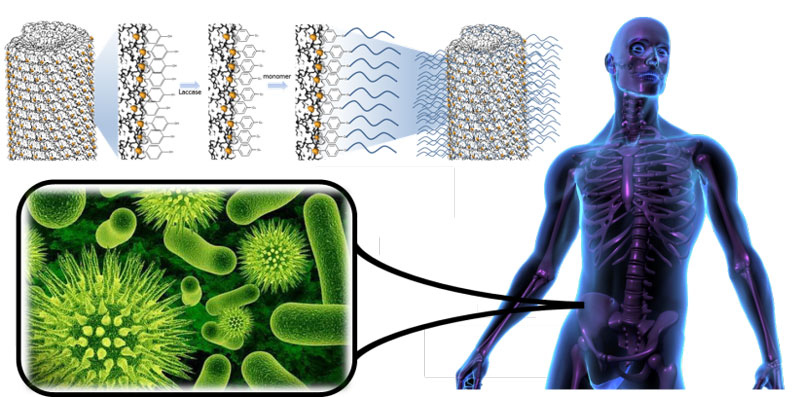
The development of antibiotics almost completely extinguished infectious diseases, such as tuberculosis, pneumonia, typhoid fever and meningitis in the 19th and 20th centuries. In the 21st century, however, the overuse of antibiotics led to the emergence of multidrug resistant (MDR) bacteria. Therefore, besides classical antibiotic development, alternative strategies employing modern tools from nanotechnology or synthetic biology need to be pursued.
Cofunded by the European Union’s Horizon 2020 research and innovation programme, the University of Groningen and University Medical Center Groningen established the local training network ALERT to address this challenge.
From 2017 to 2021, nineteen excellent young researchers participated in a doctoral training program with specialist advanced courses. They conducted cutting-edge research projects in the field of antimicrobials, developing novel antimicrobial drug candidates by chemical, biotechnological and nanotechnological synthesis and the subsequent testing of promising candidates in vivo.
Main research findings
We were able to identify several new candidates of antibiotic molecules. Derived from aminoglycosides we have found multiple candidates that could become novel antibiotic lead compounds. We have reported about a new class of selective, antibacterial agents inhibiting the energy-coupling factor (ECF) transporters with an unprecedented mode of action. In addition, we reported novel modified lantibiotic variants, which represent a highly active class of peptide antibiotics. Moreover, we have expanded the approach to selectively activate antimicrobial drugs by light (photopharmaceuticals) and developed a unique approach to activate antimicrobial drugs by ultrasound, which we coined sonopharmaceuticals.
New molecular targets have been determined and have been used to apply rational design principles based on molecular modelling and in depth characterisation of the identified structures within the pathogens. Quorum sensing (QS) as a pivotal step in the formation of biofilms has been addressed by the rational design and utilization of quorum quenching enzymes and surface modifications that interfere with QS. These are novel approaches on how to control and manage biofilm derived chronic infections. In addition, we contributed to the development of new probes and models to elucidate molecular mechanism of antimicrobial drugs as well as mechanisms of pathogens to escape antimicrobials and the immune system.
